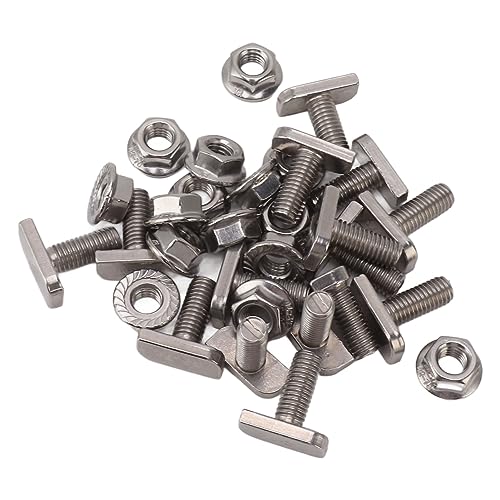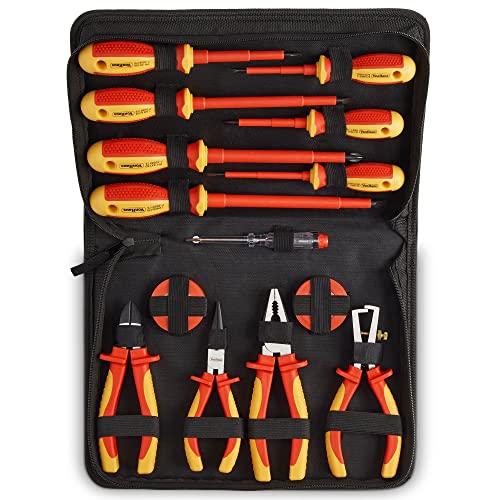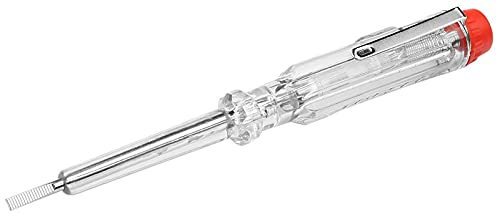I'm a newy here and can't find a question similar to mine, regarding incoming mains water bonding.
The usual problem; wanting to replace an old fused CU, in an old large house that has no earth bonding.
The CU and incoming water supply, which is Alkathene to Copper, are miles away from each other. Connecting the two would mean a major upheaval of floors, and recently completed decoration etc.
Why can't the incoming mains be bonded to an earth spike?
The house is served by it's own transformer via previosly overhead cables to house. These were then routed underground by electricity board. I believe the seperate earth from my CU is simply buried in the same trench.
Therefore wouldn't the proposed bonding spike be at the same potential?
The usual problem; wanting to replace an old fused CU, in an old large house that has no earth bonding.
The CU and incoming water supply, which is Alkathene to Copper, are miles away from each other. Connecting the two would mean a major upheaval of floors, and recently completed decoration etc.
Why can't the incoming mains be bonded to an earth spike?
The house is served by it's own transformer via previosly overhead cables to house. These were then routed underground by electricity board. I believe the seperate earth from my CU is simply buried in the same trench.
Therefore wouldn't the proposed bonding spike be at the same potential?
































































